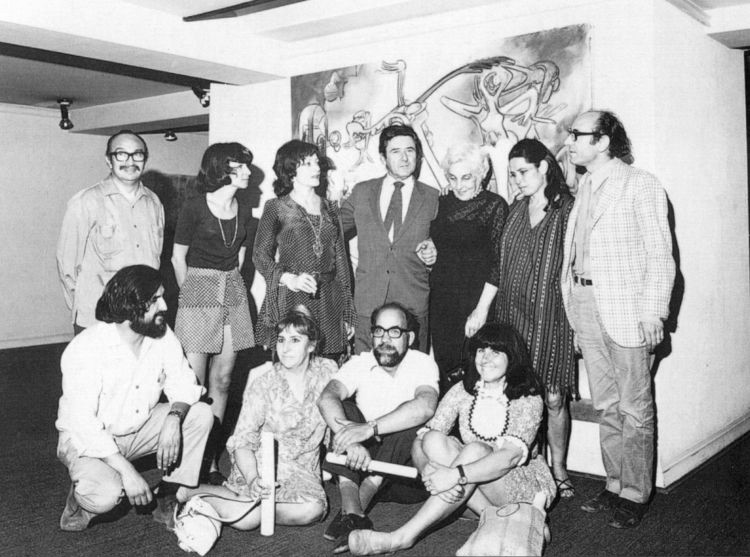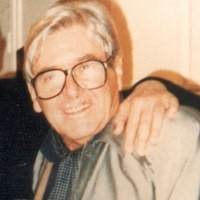Santiago (Chile), 1911 – Civitavecchia (Itália), 2002
By Francisco Alambert
Roberto Sebastián Antonio Matta Echaurren, one of the most renowned modern Latin American artists, lived through and took part in pivotal moments of 20th-century art, such as Surrealism and Abstract Expressionism, of which he is considered a forerunner. Trained in architecture at the Catholic University of Chile, Matta was an engaged artist who, pressured by political and economic crises, left his country in 1932 in protest against the election of the conservative Arturo Alessandri as President of the Republic. Shortly thereafter, he arrived in Paris, where he worked with architect Le Corbusier and formed friendships with René Magritte, Pablo Picasso, Joan Miró, García Lorca, and Marcel Duchamp. He also visited Portugal, invited by poet Gabriela Mistral, who sparked his interest in the poetic work of José Martí and the ideas of Mexican thinker José Vasconcelos.
Between 1937 and 1940, he was in Paris, working on the Spanish pavilion for the International Exposition. Through Picasso and Salvador Dalí, Matta met André Breton and joined the Surrealist group. He participated in the International Exhibition of Surrealism held at the Galérie des Beaux-Arts in Paris in 1938. With the outbreak of World War II, he moved to New York, where he had a major influence on the young painters who would later create the American painting movement of the 1950s.
Back in Europe in 1948, he was expelled from the Surrealist group (to which he was readmitted eleven years later) and became involved with Situationism and Asger Jorn. He exhibited at the Institute of Contemporary Art in London (1951). In 1956, he painted the mural Las dudas de tres mundos for UNESCO and held a series of retrospectives in New York, Stockholm, and Paris. In 1968, in Cuba, he presided over the Cultural Congress of Havana. In 1970, a retrospective of his work was held at the National Galerie in Berlin.
Matta returned to Chile between 1970 and 1972 at the invitation of Salvador Allende to work on collective murals with the Ramona Parra Brigade. His activism in support of workers led, in 1971, to a retrospective of his work organized by Peugeot factory workers in the French city of Sochaux. In 1975, he presented works at the traveling exhibition El gran Burundún-Burunda ha muerto, at the Museum of Modern Art in Mexico, in support of the Russell Tribunal’s declaration on the crimes of the Chilean military junta. In 1982, he traveled to Nicaragua to take part, alongside Julio Cortázar and Gabriel García Márquez, in the Inter-American Congress on the “Cultural Autonomy of Our America.”

Already regarded as one of the greatest living artists and working with various media such as painting, photography, and video, he received the National Art Prize in Chile in 1990, and in November of the same year, a major retrospective of his work was held at the Museum of Fine Arts in Santiago.



